
School Culture Rewired builds on the message that has been a theme in some of the articles I've been reading in this month's EL, namely, building relationships and harnessing the potential that is already in the building.
After introducing and defining climate and culture, the authors go on to describe six cultures (Collaborative, Comfortable-Collaborative, Contrived Collegial, Balkanized, Fragmented and Toxic), and consider ways to develop the desired school culture, namely, Collaborative. They comment on the value of recognizing and building on existing subcultures, particularly positive ones, and underscore the importance of providing leadership opportunities for positive change agents in the building. Subcultures that are already doing great things for student learning within a school can reduce anxiety and provide parallel learning opportunities for teachers still coming on board, they note.
As I read the book, I recognized elements of almost all of the cultures described from various schools I have worked at. I think one of the greatest challenges is that the "system" (school board, etc.) does not always reward the types of behaviours necessary to build a truly collaborative culture. In particular, self-critique and collegial constructive criticism can be challenging, especially for school administrators, and also for teachers. But it is necessary in order for authentic growth to take place.
Interestingly, one of the institutions I have worked at that I felt was most authentically collaborative was the Education Department at Tyndale University. I felt that my colleagues in the Ed Department there were mostly on the same page when it came to examining personal professional practice and considering what worked and what didn't. Beyond simply sharing tricks of the trade, we learned together and examined our work critically, valuing each other's feedback rather than feeling threatened by it. This culture was developed and maintained by a leader who herself was comfortable with high standards and critical self examination.
If you work in a building that does not have the culture you desire, change is possible but it takes a long time. This is a lesson I am learning myself: Always one to want the best for students right away, I've often been impatient when not everyone jumps on board immediately with something obviously good for kids... and it frustrates me to no end when people want to be polite and superficial and feel threatened by dissenting voices. But understanding the nuances of culture and the nature of entrenchment can be helpful when considering effective school leadership, change and growth.
In its final chapters, School Culture Rewired describes ways to begin conversations and put systems in place that will help move your school from where you are to where you want to be.
Although the book seems to be aimed primarily at school administrators, I believe teachers who are interested in educational leadership and change can learn from and use the strategies outlined. It's also a great read for instructional coaches and others who work with schools to move collective thinking forward. I'm on Chapter 8 myself, and am looking forward to learning the rest of the book's secrets, which will be revealed to me in the days ahead as my partner reads aloud to me in the car while I drive our family around PEI where we are currently spending a few weeks of summer vacation!



















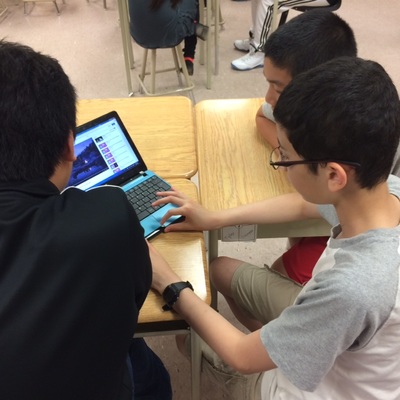

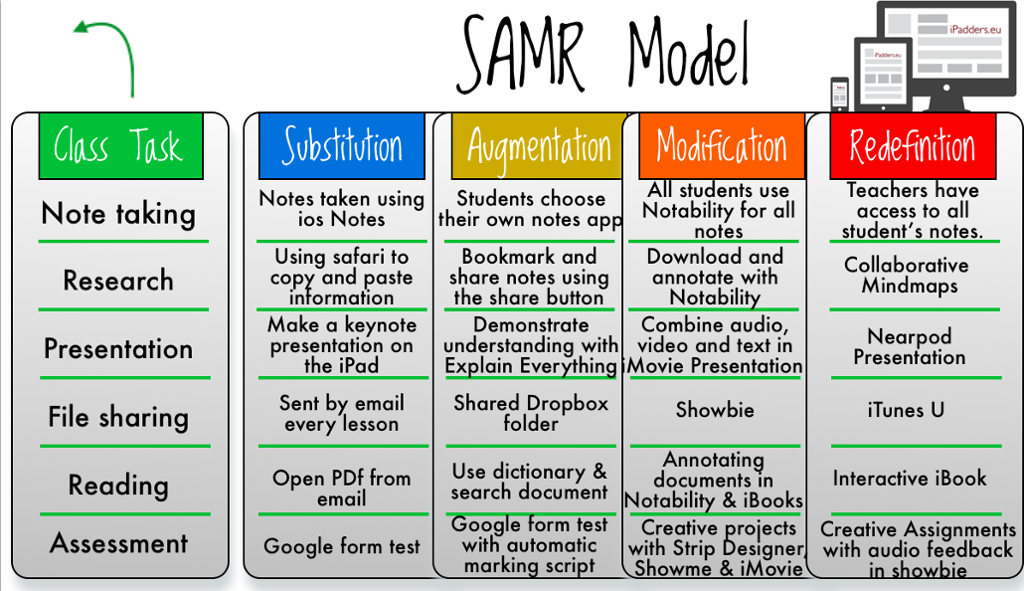








































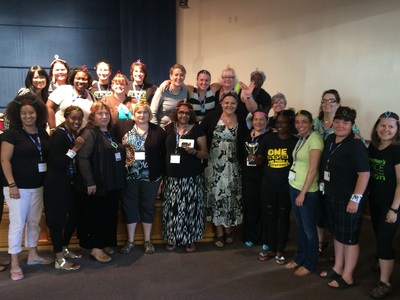











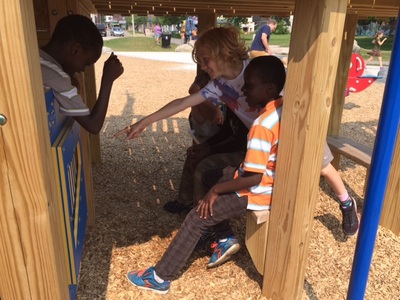






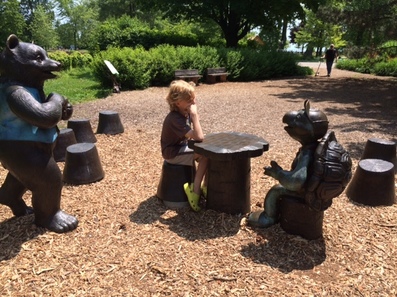



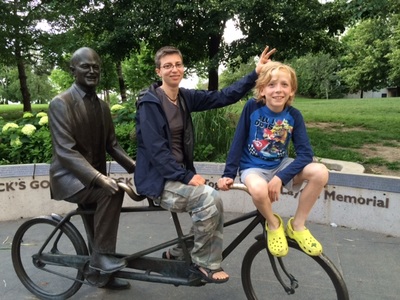



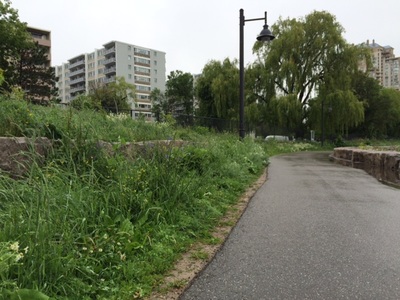
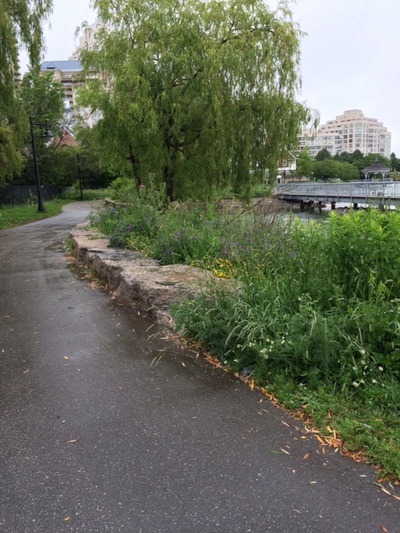




 RSS Feed
RSS Feed